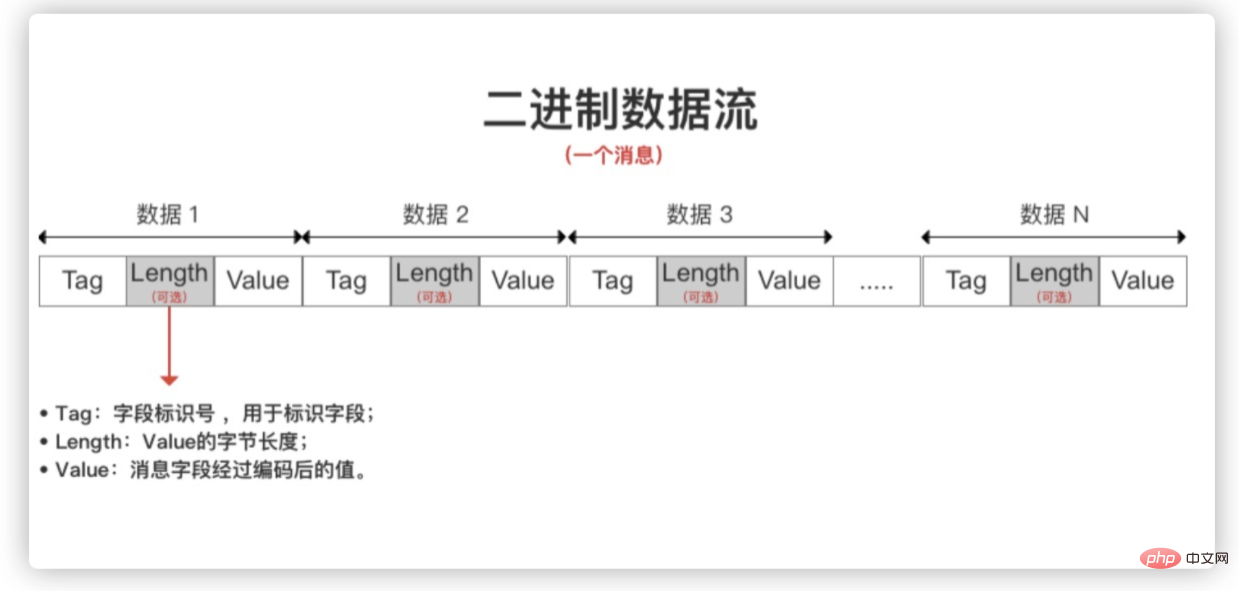
grpc does not only support go language. grpc is a communication protocol based on HTTP/2 and supports multi-language RPC framework; currently provides C, Java and Go language versions, namely grpc, grpc-java, grpc-go; the C version supports C, C, Node.js, Python, Ruby, Objective-C, PHP and C# supported.

The operating environment of this tutorial: Windows 7 system, GO version 1.18, Dell G3 computer.
gRPC is a communication protocol based on HTTP/2, supports multi-language RPC framework, and is designed for mobile and HTTP/2. gRPC is designed based on the HTTP/2 standard and brings features such as bidirectional streaming, flow control, header compression, and multiplexing requests on a single TCP connection. These features make it perform better on mobile devices and save power and space.
RPC: The abbreviation of Remote Procedure Call, translated as remote procedure call (can also be translated as remote method call or remote call), it is a computer communication protocol. This protocol can make calling remote services as simple as calling local services, without having to worry about cross-network, cross-platform, cross-language and other issues.
gRPC message serialization method usually uses Protobuf, which is a binary format, small in size, fast in network transmission, takes up less bandwidth and traffic, and has higher calling performance.
Features of gRPC
IDL
gRPC Use ProtoBuf to define services. ProtoBuf is a data serialization protocol developed by Google (similar to XML, JSON). ProtoBuf can serialize data and is widely used in data storage, communication protocols, etc.
Multi-language support
gRPC supports multiple languages and can automatically generate client and server function libraries based on the language. Currently, the C version grpc, the Java version grpc-java and the Go version grpc-go are provided. Among them, grpc supports C, C, Node.js, Python, Ruby, Objective-C, PHP and C# and other languages. grpc-java has Support Android development.
HTTP2
gRPC is designed based on the HTTP2 standard and brings more powerful features, such as bidirectional streaming, header compression, multiplexing requests, etc. These features bring significant benefits such as bandwidth savings, reduced TCP link times, CPU usage savings, and extended battery life. At the same time, gRPC can also improve the performance of cloud services and web applications. gRPC can be applied on both the client and server sides, thereby achieving client-server communication in a transparent manner and simplifying the construction of communication systems.
Why we should use grpc
Good ecology: backed by Google. For example, nginx also provides support for grpc. Reference link
Cross-language: Cross-language, and automatically generates sdk
High performance: For example, the performance of protobuf is higher than json, and the performance of http2.0 is higher than http1.1
Strong typing: the compiler solves a large part of the problem for you
Streaming processing (based on http2.0): supports client streaming, server streaming, and two-way streaming
1) What is protobuf?
2) How much faster is it than json?
3) Why is protobuf faster than json?
The binary data flow and json data flow of protobuf are as shown below

1) Multiplexing
Schematic diagram

2) Header compression
3) Binary division Frame
4) The server actively pushes resources
For more programming-related knowledge, please visit: Introduction to Programming! !
The above is the detailed content of Does grpc only support go language?. For more information, please follow other related articles on the PHP Chinese website!
 Usage of Type keyword in Go
Usage of Type keyword in Go
 How to implement linked list in go
How to implement linked list in go
 What are the Go language programming software?
What are the Go language programming software?
 How to learn go language from 0 basics
How to learn go language from 0 basics
 How to define variables in golang
How to define variables in golang
 What are the methods to implement operator overloading in Go language?
What are the methods to implement operator overloading in Go language?
 What are the operators in Go language?
What are the operators in Go language?
 What are the data conversion methods in golang?
What are the data conversion methods in golang?